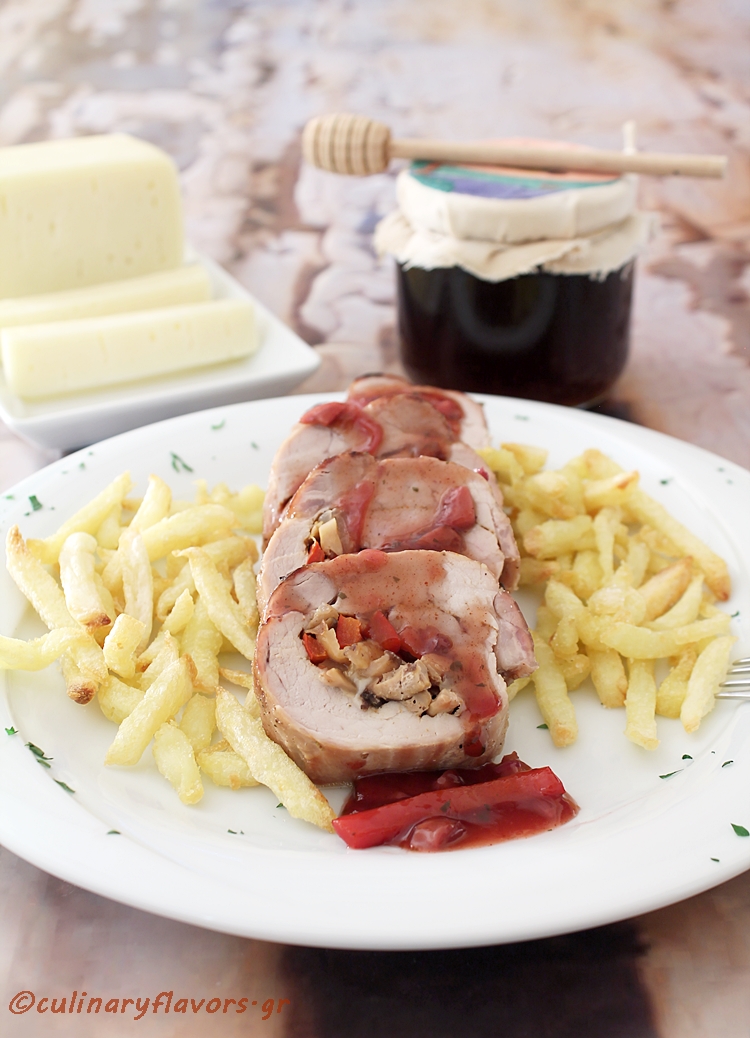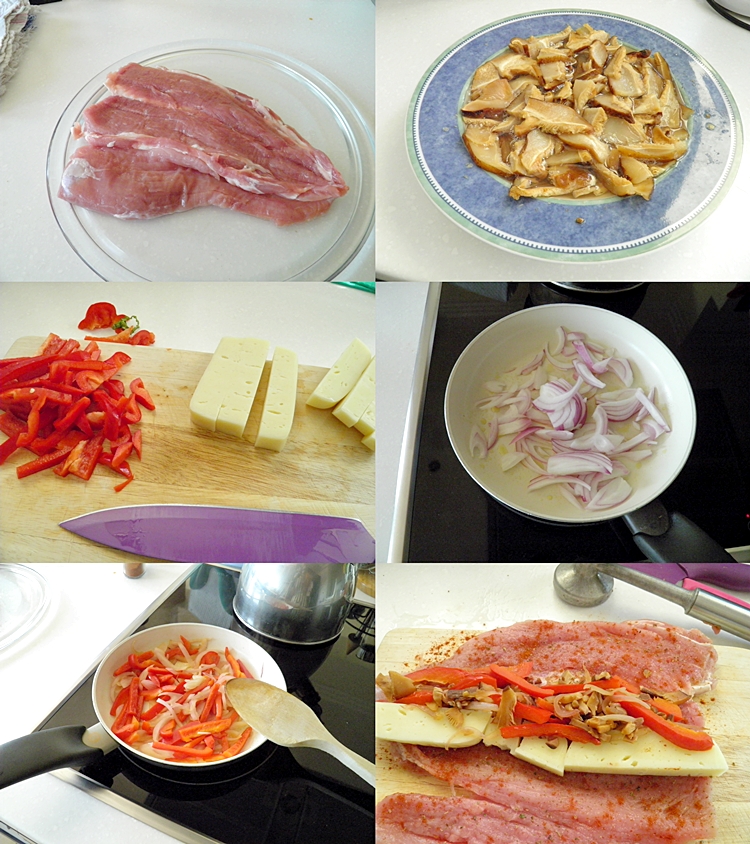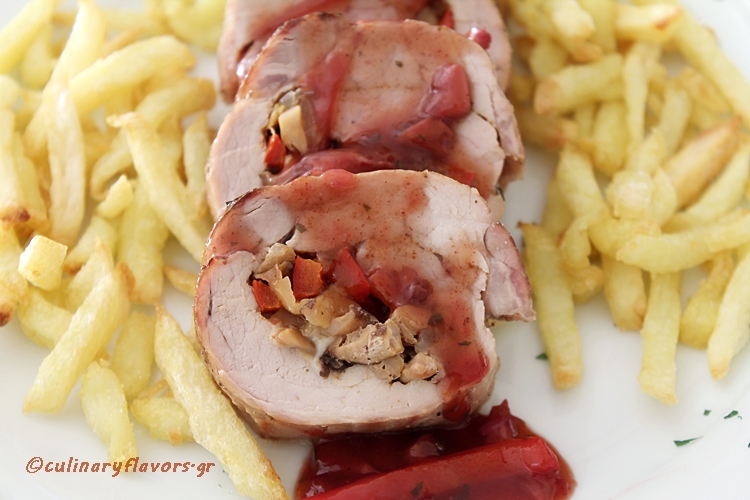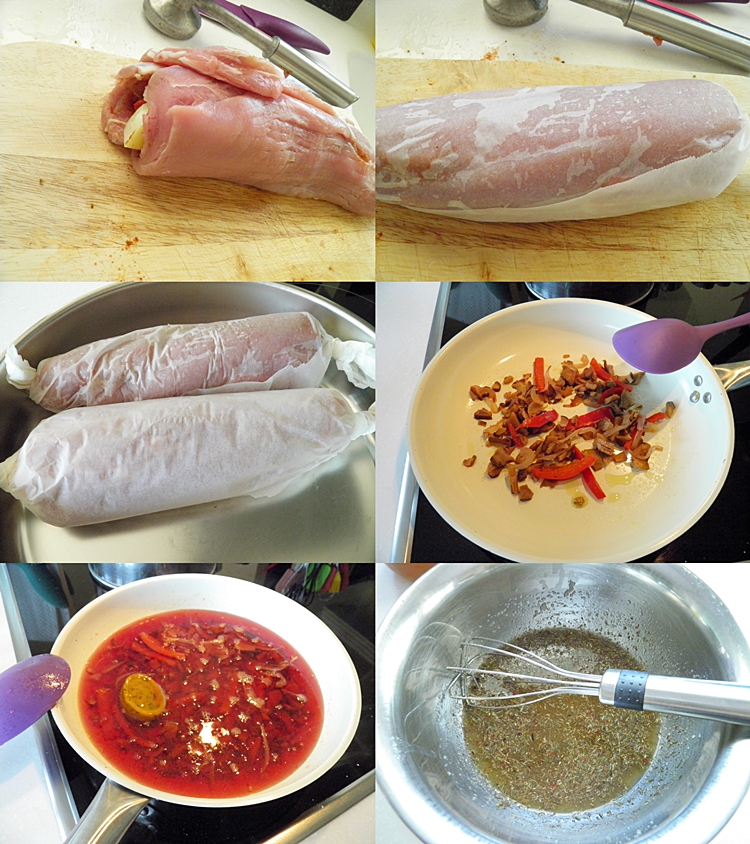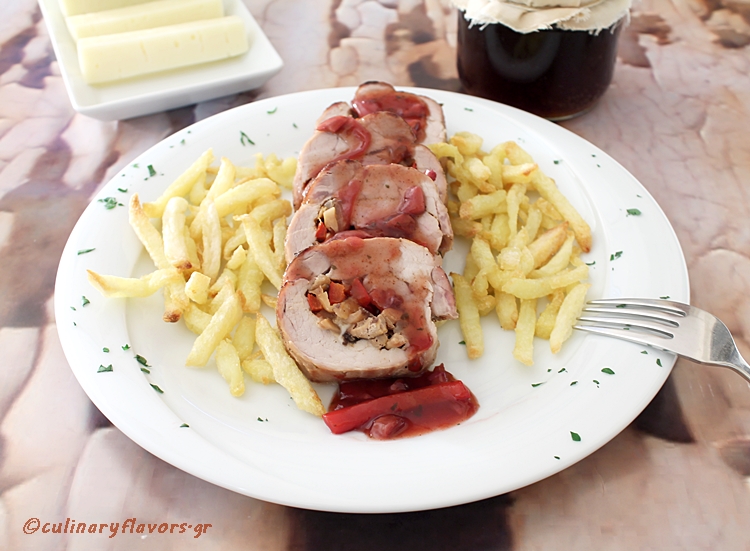One of the five basic elements of ancient Greek diet was wine. Although the origin of vineyards and viticulture comes from Asia, ancient Greeks because of trade started cultivating vineyards since Neolithic Age. Homer, Plato and Xenophon in their written documents make an extensive mention to all their contemporary wines from several parts of Greece. As great navigators, Greeks were trading wine for cereals, gold, copper and ivory. Their wines were pretty famous around the Mediterranean and very much appreciated. They also had a god protector of vineyard and wine, Dionysus.
In everyday life, during breakfast, people were dipping their bread in wine and that was the only time during the day that they were drinking wine as it was. It is not widely known, but Greeks dissolved their wine in water in ratio 1:3, three parts of water for 1 part of wine. In that way during their symposia they never got drunk and thus were able to continue their philosophical conversations until early morning hours. Getting drunk was condemnable back then and those who committed that act were examples to be avoided. Those symposia consisted strictly of men. No women were allowed to participate unless they were singers or courtesans.
During Byzantine ages, Dionysus gave its place to Christianity and wine was one of the many symbols first Christians and Jesus used in their preaching. Because of the several wars and civil wars that bashed Greece from after its liberation from the Ottoman Empire and onwards, the cultivation of vineyards was either neglected or stayed in a strictly local level.
Nevertheless, the last 50+ years since the 60’s the contemporary Greek wine production has started slowly but steadily to improve, evolve and develop. Serious investments on modern technologies and infrastructure have given Greek vineyard the necessary boost to compete in the global environment.
Greece now participates with its wines in many international competitions and wins prizes because of their quality, excellent taste and brilliant design. If you ever have the chance to stumble upon a bottled Greek wine do not miss the opportunity to try it. They are really special and of great taste.
I love cooking with wine and usually, I have a couple of bottles in my fridge for this purpose. I love the aftertaste wine leaves when cooked. These stuffed pork tenderloins were extremely juicy and the red wine sauce was really delicious.
- 2 pork tenderloins
- 2 thick slices of kasseri cheese cut in thick sticks (you can use cheddar or any other sharp cheese, not feta)
- 1 small onion, sliced
- 1 small red bell pepper, sliced
- 25 gr. dry shiitake mushrooms, soaked in hot water
- Salt, pepper and paprika
- 4 tbsp honey
- 3 tbsp water
- ½ tsp mustard powder
- ½ tsp cardamom
- ½ tsp thyme
- Salt and pepper
- 1 cup red wine
- ½ cup vegetable stock
- 2 tbsp honey
- Whatever is leftover from the stuffing
- Salt, pepper and paprika
- Olive oil for sautéing
- Drain the water from the shiitake mushrooms.
- Chop them.
- In a skillet sauté the onion until soft.
- Add the pepper and continue to sauté until it becomes soft.
- Add the mushrooms and continue to sauté for another couple of minutes.
- Salt pepper and add a pinch of paprika.
- Cut the tenderloins lengthwise and add some of the onion/mushroom stuffing and place two sticks of cheese lengthwise.
- Roll the tenderloin and cover them with parchment paper as in the pictures.
- Preheat oven in 200°C/400°F and bake for about 15 minutes.
- While the pork is baking prepare the rub by mixing all the ingredients in a bowl.
- After the 15 minutes take out the pork from the oven and remove the parchment paper.
- Rub the tenderloins with some of the rub and turn the oven to the broiler and place the pork under it.
- When that side takes a nice golden color, turn the tenderloins on the other side and rub them again with the honey rub.
- Place them again under the broiler so as for this side to take a nice golden color.
- While the pork is broiling make the sauce.
- In a pan add the stuffing leftovers (I had couple of tbsp. of stuffing) and sauté them for one minute.
- Pour the wine and let it boil until it remains half.
- Pour the stock and all the spices and sugar and continue to boil gently.
- If the sauce is a bit runny, thicken it with some corn starch dissolved in water.
- When the pork is done remove from the oven let it rest for five minutes and cut them in slices.
- Serve with the sauce over pasta or rice or even mashed potatoes or French fries.
- Για Γέμιση του Χοιρινού
- 2 χοιρινά ψαρονέφρια
- 2 χοντρές φέτες κασέρι κομμένο σε χοντρά
- 1 μικρό κρεμμύδι, κομμένο σε φέτες
- 1 μικρή κόκκινη πιπεριά, σε φέτες
- 25 γρ. Αποξηραμένα μανιτάρια shiitake μουλιασμένα στο ζεστό νερό
- Αλάτι, πιπέρι και πάπρικα
- Για το Άλειμμα Μελιού
- 4 κ.σ. μέλι
- 3 κ.σ. νερό
- ½ κ.γ. σκόνη μουστάρδας
- ½ κ.γ. κάρδαμο
- ½ κ.γ. θυμάρι
- Αλάτι και πιπέρι
- Για τη Σάλτσα Κρασιού
- 1 φλ. κόκκινο κρασί
- ½ φλ. ζωμό λαχανικών
- 2 κ.σ. μέλι
- Ό, τι έχει απομείνει από τη γέμιση
- Αλάτι, πιπέρι και πάπρικα
- Ελαιόλαδο για το σοτάρισμα
- Στραγγίστε το νερό από τα μανιτάρια shiitake.
- Ψιλοκόψτε τα.
- Σε ένα τηγάνι σοτάρετε το κρεμμύδι μέχρι να μαλακώσει.
- Προσθέστε τις πιπεριές και συνεχίστε να σοτάρετε μέχρι να μαλακώσουν.
- Προσθέστε τα μανιτάρια και συνεχίστε το σοτάρισμα για δύο λεπτά ακόμα.
- Αλατοπιπερώστε και προσθέστε μια πρέζα πάπρικα.
- Κόψτε κατά μήκος το ψαρονέφρι και προσθέστε λίγο από τη γέμιση κρεμμύδι/μανιτάρι και τοποθετείστε δύο μπαστούνια τυρί κατά μήκος.
- Κλείστε τα φιλέτα και καλύψτε τα με λαδόκολλα όπως στις φωτογραφίες.
- Προθερμαίνετε το φούρνο στους 200°C και ψήστε για περίπου 15 λεπτά.
- Ενώ το χοιρινό ψήνεται προετοιμάστε το άλειμμα αναμειγνύοντας όλα τα υλικά σε ένα μπολ.
- Μετά τα 15 λεπτά βγάλτε το χοιρινό από το φούρνο και αφαιρέστε τη λαδόκολα.
- Αλείψτε το ψαρονέφρι, γυρίστε το φούρνο στο γκριλ και τοποθετήστε το χοιρινό κρέας από κάτω.
- Όταν η μία πλευρά πάρει ένα ωραίο χρυσό χρώμα, γυρίστε το ψαρονέφρι από την άλλη πλευρά και αλείψτε πάλι με το μέλι.
- Τοποθετήστε τα και πάλι στο γκριλ ώστε να πάρει ένα ωραίο χρυσαφί χρώμα και αυτή η πλευρά.
- Ενώ το χοιρινό ψήνεται, ετοιμάστε την σάλτσα.
- Σε ένα τηγάνι, προσθέστε το περίσσευμα της γέμισης (είχα δυο κουταλιές γέμιση) και σοτάρετε για ένα λεπτό.
- Ρίξτε το κρασί και αφήστε να βράσει μέχρι να μείνει το μισό.
- Ρίξτε το ζωμό και όλα τα μπαχαρικά και τη ζάχαρη και συνεχίστε να βράζετε σε μέτρια φωτιά.
- Αν η σάλτσα είναι λίγο υδαρής, δέστε τη με λίγο κορν φλάουρ διαλυμένο σε νερό.
- Όταν γίνει το χοιρινό βγάλτε το από το φούρνο αφήστε το να ξεκουραστεί για πέντε λεπτά και κόψτε το σε φέτες.
- Σερβίρετε με τη σάλτσα πάνω σε ζυμαρικά ή ρύζι ή ακόμα και πουρέ πατάτας ή πατάτες τηγανιτές.

